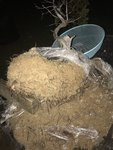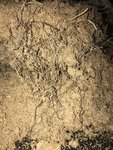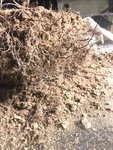Big Country Bonsai
Shohin
I collected another juniper today that I believed was and Ashe juniper but on closer inspection I believe it is a redberry juniper. The foliage looks a bit different and the bark is definitely not as dark as Ashe juniper. If anyone can verify ID I would appreciate it! Either way it’s a great tree but it would be cool to have a species that is almost or completely non existent in bonsai.
























